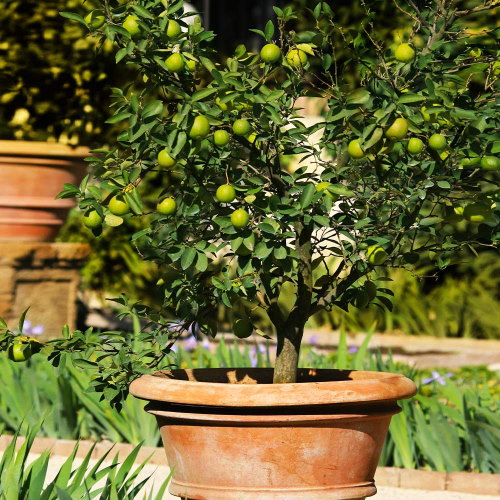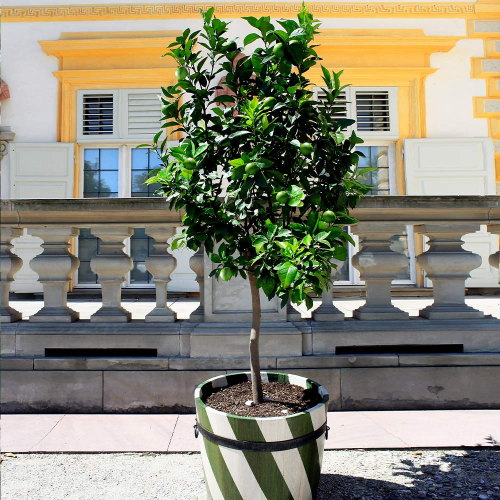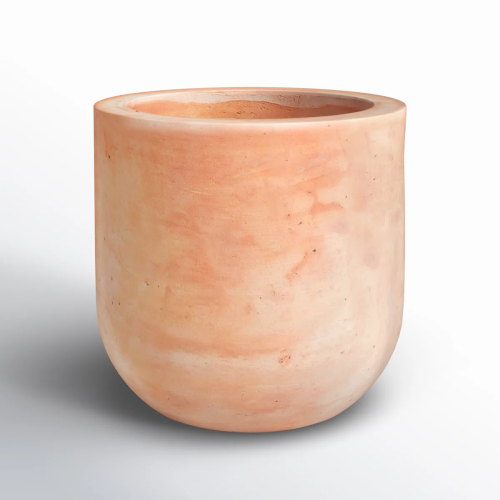How to grow a lime tree in a pot – 4 things to get right for healthy trees and great harvests, even in tiny spaces
Expert tips from experienced citrus tree growers
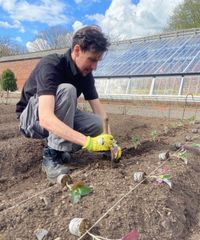
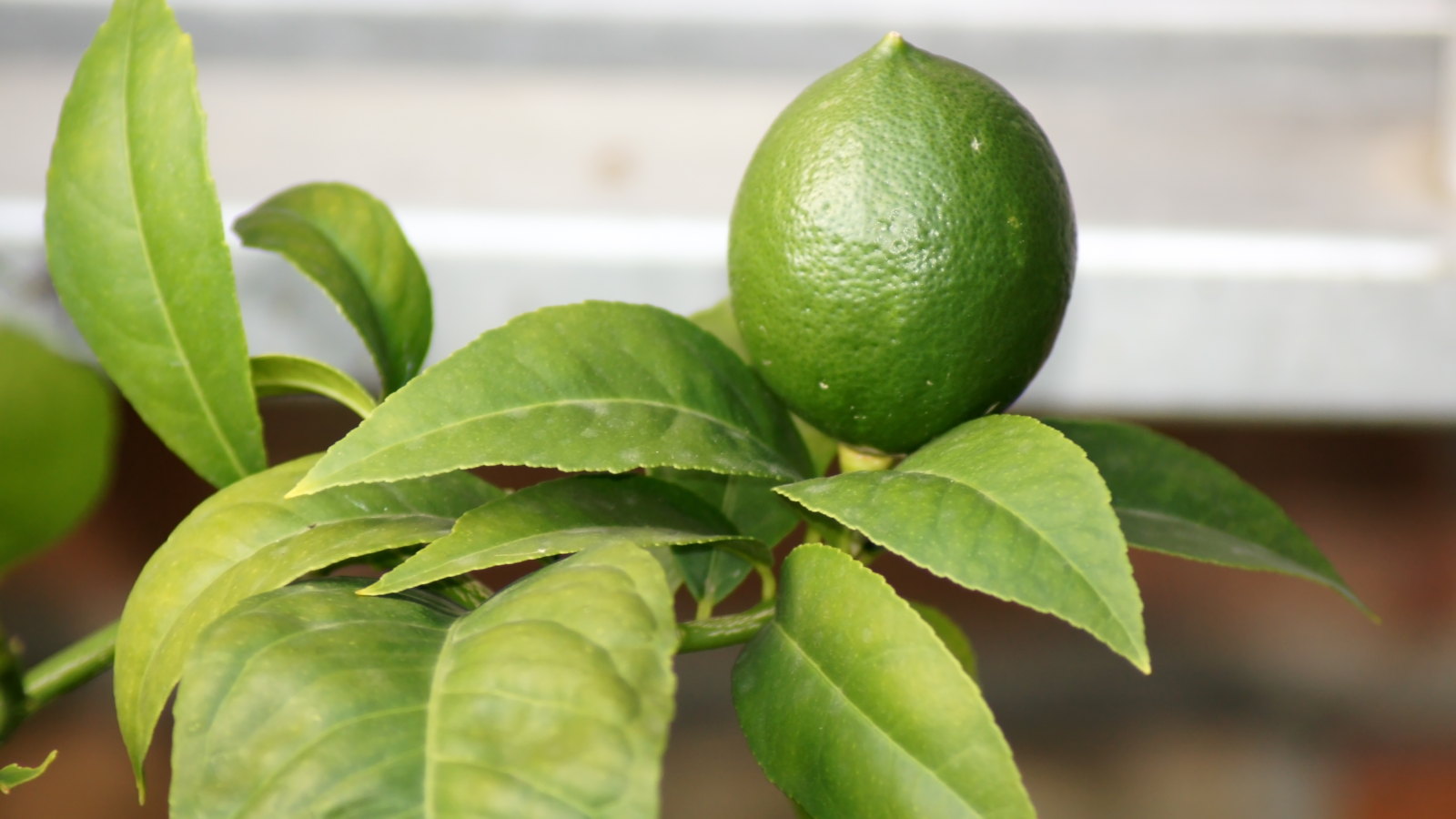
The fragrant fruit and flowers are what make lime trees so popular. With fruits perfect for juicing, adding to drinks, or using in desserts, they make fantastic fruit trees for warmer climates. However, if you live in a cooler location, all hope is not lost, as you can grow a lime tree in a pot.
The advantages of growing lime trees in pots include being able to move them to a perfect spot for summer, then bring them indoors when the temperatures drop. It is possible to enjoy the blossoms and get a great harvest of limes on a sunny deck, patio, or balcony.
Lime trees can be an easy fruit tree to grow in pots, provided you get certain factors correct that keep them happy and healthy. I looked after a large citrus collection as a professional gardener, and spoke to a fruit tree expert to showcase how to grow a lime tree in a pot, including the most important factors to get right.
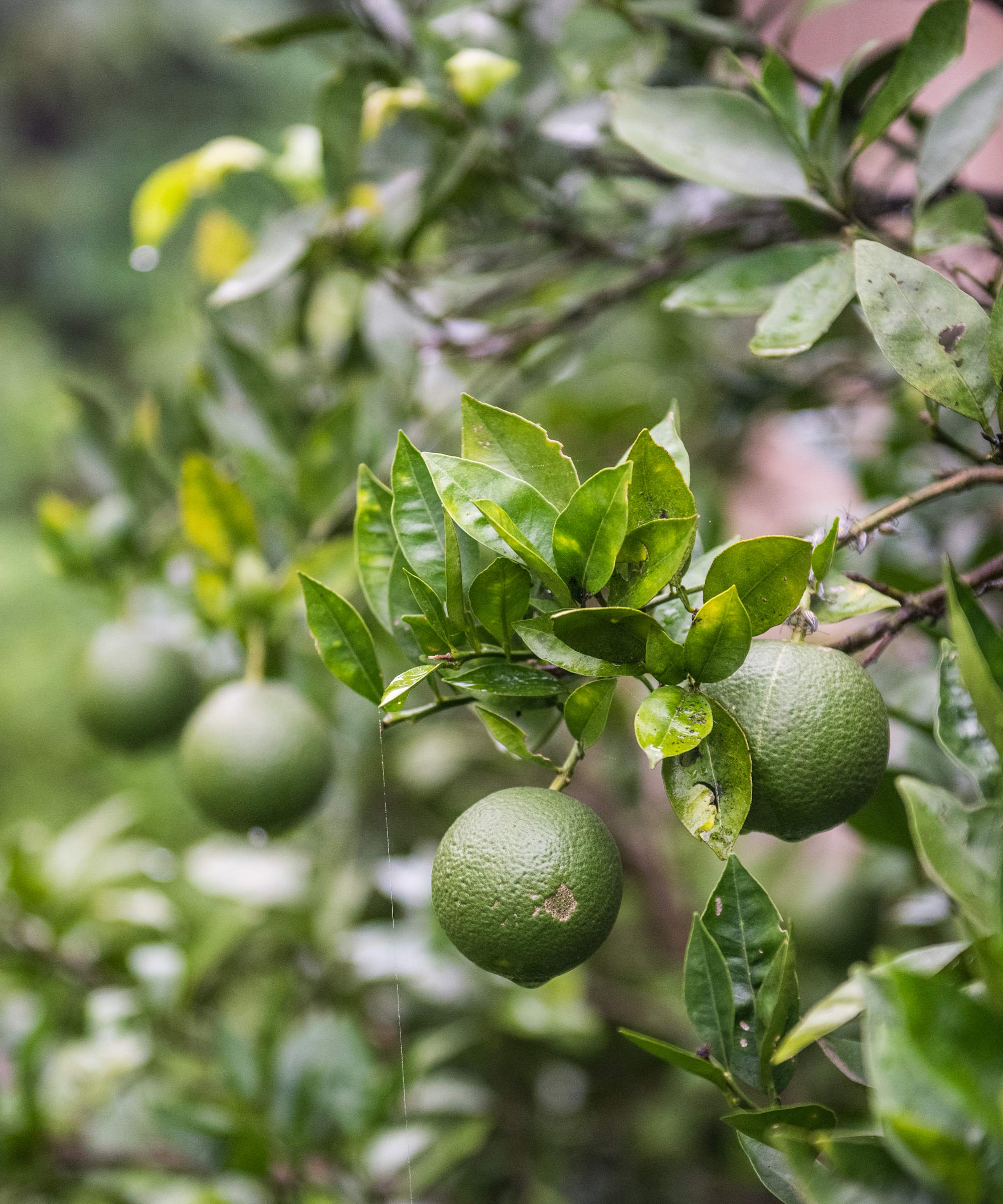
Where to grow a lime tree in a pot
Containers open up possibilities for growing and caring for citrus trees in cooler climates, which is especially important for lime trees, as they are sensitive to temperature.
'Lime trees are the most frost-sensitive of all citrus, and are cold hardy to about 32°F when planted in the ground,' explains Bethany Lakatos, plant expert at Fast Growing Trees.
However, when in containers, they are even less cold-hardy than when growing in the ground. 'If container-grown, they’ll need to be brought indoors when temperatures dip below 50°F,' adds Bethany.
An advantage to growing fruit trees in pots is that you can place the pots in the sunniest spot in the yard, and away from cold winds. On the whole, lime trees need at least six hours of sunlight. However, there are locations where more or less full sun may be recommended.
Design expertise in your inbox – from inspiring decorating ideas and beautiful celebrity homes to practical gardening advice and shopping round-ups.
'Limes will appreciate more sun in mild climates like the West Coast,' says Bethany Lakatos. 'And in very hot, arid climates, like Texas and the Southwest, they will appreciate some protection from the scorching afternoon sun.'
The particular light requirements of limes also need to be considered when you overwinter citrus trees indoors to shield them from cold winter temperatures.
'Indoors in winter, they need at least 5 hours of sunlight, though a grow light is usually necessary to keep them from defoliating and looking their best,' adds the fruit tree expert. 'Grow lights can be on from 14-16 hours, with at least 8 hours off.'

Bethany Lakatos is a Plant Expert at Fast Growing Trees. She graduated with honors from Oregon State University with a BS in Horticulture with a focus on sustainability and a certificate in Permaculture Design. She loves to talk about soil and edible landscaping, and lives just outside Fort Mill, SC, where she has the opportunity to delight and geek out over all the plants in the Fast Growing Trees nursery
How to grow a lime tree in a pot: 4 factors for success
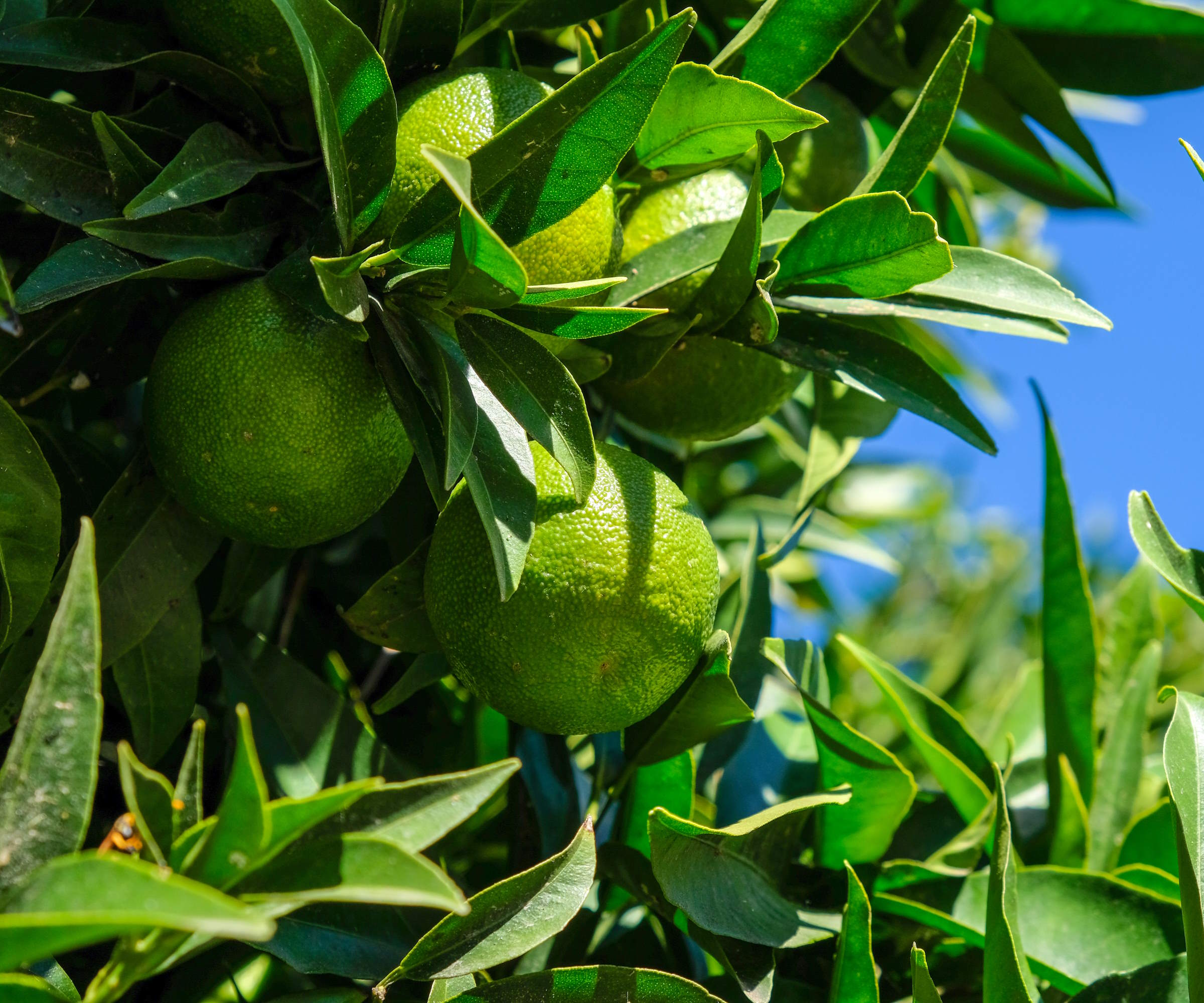
If you want to grow a lime tree in a pot, you must accept that plants want regular TLC. However, the reward outweighs the effort. Here are four key areas you need to get right to get a lime tree to fruit and remain happy and healthy in a container.
Variety
The best choice if you want to grow a lime tree in a pot is a dwarf or compact variety. These types offer all the beauty and fragrance of a lime tree without reaching 15 feet or more like regular varieties.
Dwarf lime trees grow to 3-6 feet, depending on the variety, and are suitable for container gardens. They may need repotting as they develop, but are capable of flowering and fruiting profusely on more compact trees.
The most popular dwarf varieties of lime trees include the key lime (aka the Mexican lime), the kaffir lime, and the Persian lime (aka the Tahiti Lime).
Pot and Soil
Pick a pot that is a little bit larger than the lime tree’s rootball and repot the tree into a bigger container over time. That is always a better approach than putting it straight into a too-big pot, which can lead to trees sitting in soggy soil for extended periods.
The pot can be of any material, but terracotta pots are advisable. They do dry out faster than plastic containers, but this can be beneficial when you grow a lime tree in a pot.
'Using porous terracotta containers and citrus or cactus soil helps with good drainage and aids in preventing overwatering, which is important because limes are sensitive to root rot,' advises Bethany Lakatos.
An absolute must is that any container has drainage holes in the bottom, so that excess water can escape to prevent the lime tree from sitting in sodden soil for too long. An alternative to citrus or cactus soil is to fill pots with a soilless, well-draining potting mix.
You can often find citrus soil in nurseries, garden centers, or online, such as this special blend for citrus trees at Amazon.
Watering
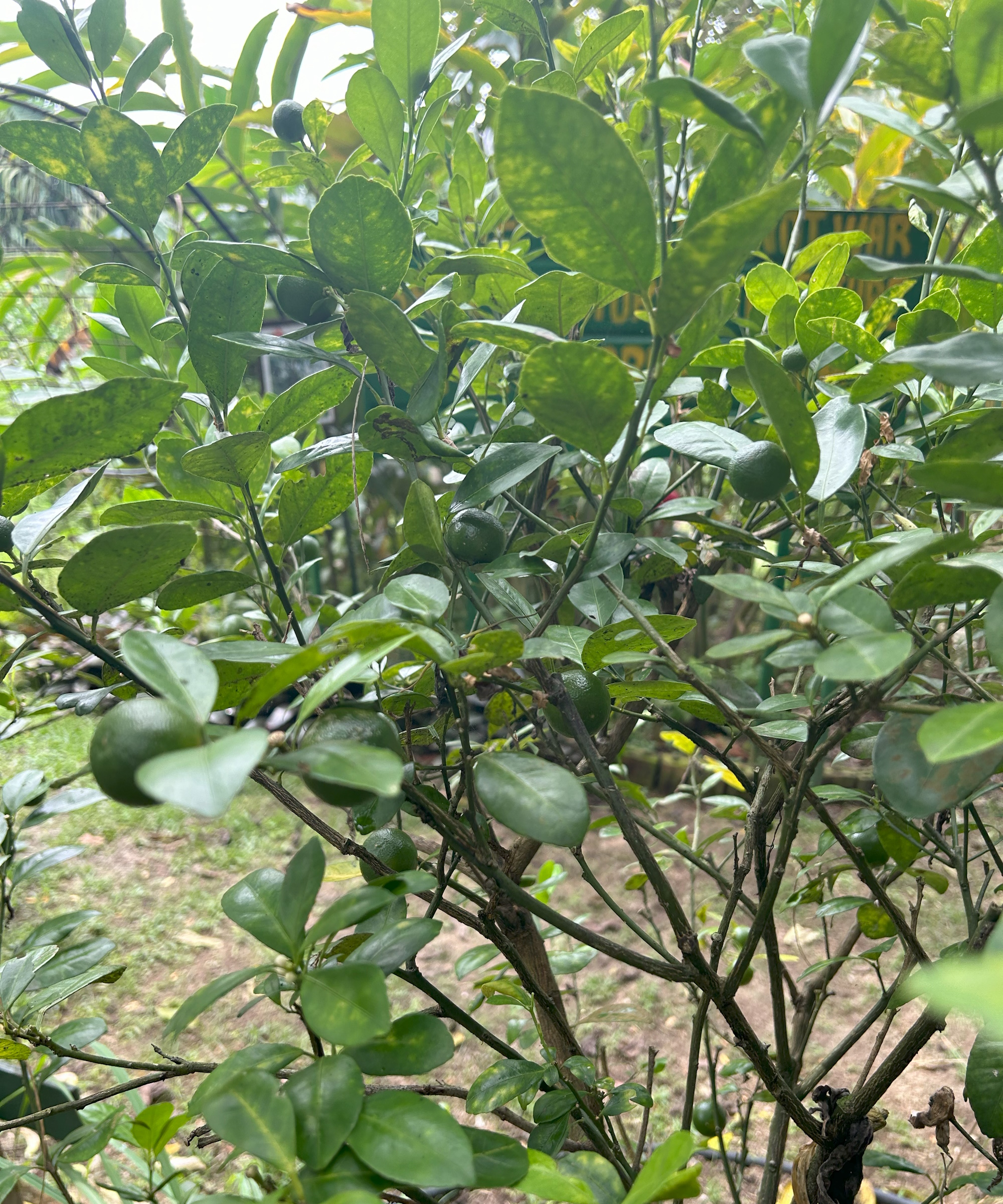
Overwatering plants poses a large risk to lime trees in containers; it is important to allow the soil to dry out before watering. Only water citrus trees when the top two inches of soil have dried out, and water deeply when you do, until you see the water flowing out of the drainage holes.
And tailor your watering schedule season-to-season. 'Watering will vary based on temperature and climate, but in general, limes will need more water during the growing season when temperatures are warmer and they are actively growing and ripening fruit,' says Bethany.
It means you may water several times a week during the summer, but it can be reduced to once a week or less during the cooler season. Check the soil moisture under the surface when watering plants in containers, either using your fingers or a soil moisture meter (like this soil moisture meter at Amazon) to assess when to water.
Feeding
Fertilizing lime trees in pots is hugely beneficial, but you need to pick the right products and feed at the correct time to keep trees healthy and fruiting.
Bethany recommends: 'Fertilize during the growing season, from spring to fall, with a citrus-specific fertilizer that includes iron, zinc, and manganese, the micronutrients most likely to be deficient in citrus plants.'
You can choose between granular or liquid feeds to fertilize citrus trees. Granular products are best applied every 30-60 days, while liquid ones require more frequent applications, approximately every two weeks.
Always apply fertilizers at the recommended rates to avoid over-fertilizing plants, and avoid feeding any lime trees that are showing signs of water or heat stress.
This Expert Gardener Citrus Plant Food Fertilizer at Walmart has an NPK ratio of 6-4-6 is an ideal granular fertilizer to use throughout the growing season.
FAQs
Why is my potted lime tree dropping leaves?
If you see citrus leaves curling or dropping, it can be down to many different factors. Defoliation of lime trees in pots is most often caused by watering issues, including both over- and under-watering, or a lack of nutrients.
Wherever you grow lime trees, they do benefit from pruning. You do not have to prune a lime tree every year, more often than not they need some attention every 2-3 years to remove dead, broken, crossing, or weak branches. This helps to shape the tree and improve air circulation and sunlight penetration, to keep it healthy.
The best time to prune citrus trees is in late winter or early spring, while the tree is dormant and just before it actively starts growing for the new season.
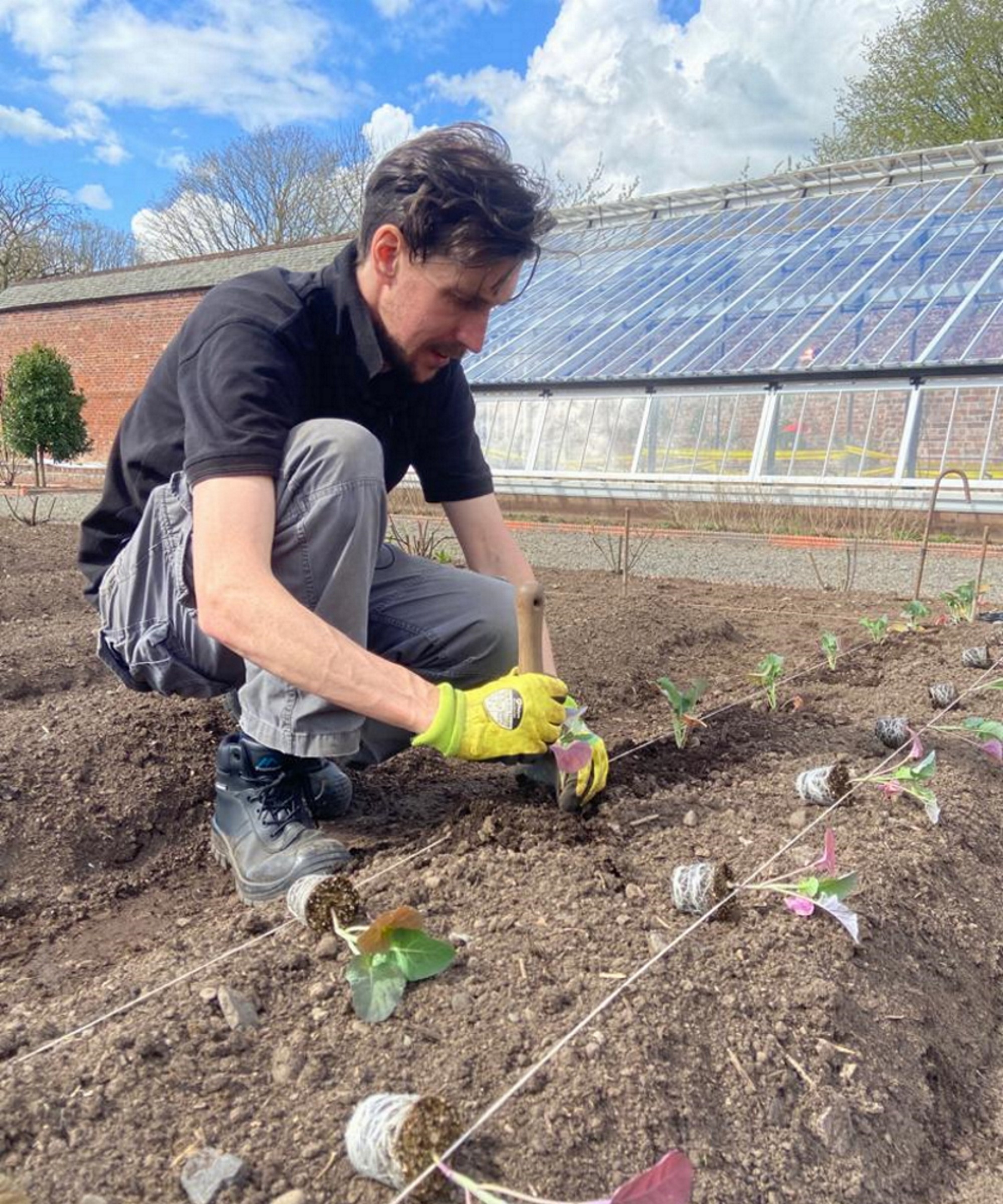
Drew has worked as a writer since 2008 and was also a professional gardener for many years. As a trained horticulturist, he worked in prestigious historic gardens, including Hanbury Hall and the world-famous Hidcote Manor Garden. He also spent time as a specialist kitchen gardener at Soho Farmhouse and Netherby Hall, where he grew vegetables, fruit, herbs, and cut flowers for restaurants. Drew has written for numerous print and online publications and is an allotment holder and garden blogger. He is shortlisted for the Digital Gardening Writer of the Year at the 2025 Garden Media Guild Awards.
